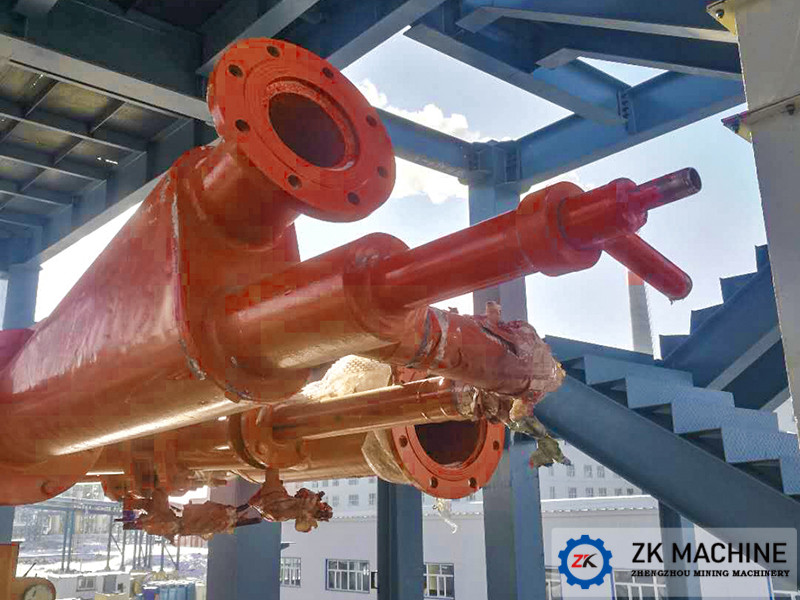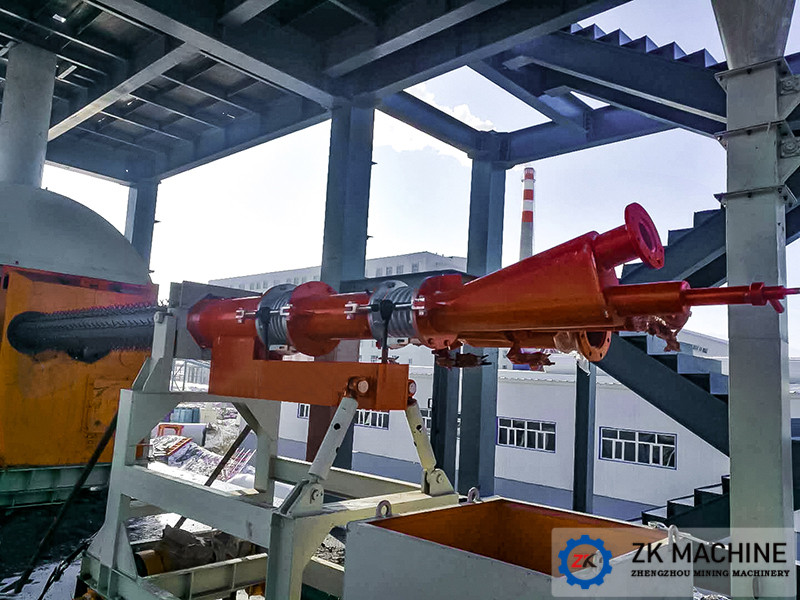Multi-duct pulverized coal burners are burners with more than three ducts.
The arrangement form of the three-air channel burner is basically one style, that is the outer axial air, coal dust air and swirling air (from the outside to the inside), with an ignition (oil gun) channel in the middle.
In general, the center channel is not used. It is blocked.

All the four air duct burners take the outermost air duct as the outer axial duct and the central duct as the ignition duct. The arrangement of the other three air ducts is shown in the table:
Arrangement of air ducts (from the outside to the inside) for four-duct burners
No. |
The First |
The Second |
The Third |
1 |
Outer axial air |
Outer axial air |
Outer axial air |
2 |
Spiral air |
Coal dust air |
Coal dust air |
3 |
Coal dust air |
Inner axial air |
Spiral air |
4 |
Inner axial air |
Spiral air |
Inner axial air |
Central |
Ignition channel |
Ignition channel |
|
The first arrangement style: the swirl wind and the outer axial flow wind are mixed at the exit, so that the axial flow wind tends to the center of the flow field, has a strong penetration to the swirl wind, so that the primary wind maintains a high swirl strength, and is conducive to the roll-suction and backflow of the combustion flue gas.
As the coal dust air is surrounded by the swirling wind and axial flow wind, the CO2 concentration at the flame root can be appropriately increased and O2 content can be reduced.
At the same time, under the condition of not affecting the ignition rate, maintain a low temperature level, effectively inhibit the formation of thermal NOx.
The central wind is to offset the residual negative pressure that may be generated at the root of the flame due to high swirl intensity, so as to prevent the unignited pulverized coal from being sucked up and pressurized to the nozzle outlet to cause tempering, affecting the steady combustion of the flame.
The second arrangement style: coal dust inside the outer axis wind flow and wind shaft between the wind flow, low speed jet coal out of the burner is different two dc wind encounter high or low speed, large differential wind velocity of pulverized coal and air contact with mixed, different wind speed of two axle relative motion produced by the wind flow will soon be pulverized coal axial dispersion, again by rotating wind flow disperses coal radial, fast contact air pulverized coal, to speed up the pulverized coal combustion.
The inner axial flow also changes the direction of the regular directional swirl wind, which makes the swirl wind become disordered and makes the pulverized coal disperse better.
At the same time, in the central part of the spiral wind flow in dc than the large air volume, high wind speed of the wind, and the first and the third kind of arrangement, the flame center temperature is lower and is beneficial to inhibit the formation of NOx, won't produce the unburned pulverized coal entrainment and pressure to the nozzle exit, tempering influenced the stability of the flame burning phenomenon, for low volatile coal and anthracite coal combustion is very favorable.

The third arrangement style: coal wind between external direct wind and swirling wind.
The pulverized coal is immediately diffused along a certain Angle by the swirling air after exiting the burner.
The effect of cyclone intensity on the flame is very important in this type of burner.
When the intensity of swirling flow in the center of jet increases to a certain value, a circumfluence zone with annular vortex shape is established in the center of jet.
The parameters such as flame stability and combustion intensity depend on the size and strength of vortex.
Changing the cyclone intensity is achieved by adjusting the ratio of internal and external wind.
When the swirl intensity increases, the attenuation of each velocity component along the axis direction increases, the range becomes shorter, the diffusion Angle increases, the corresponding flame shape is short and thick, otherwise the flame shape is long and thin.
The inner axial flow plays a certain role in regulating the negative pressure of the center, and the regulating range of the negative pressure of the center is 0-2kPa.





















